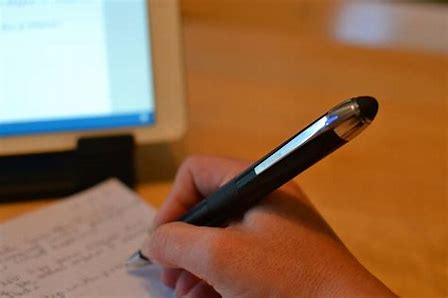Share this Story
VWU GOES REMOTE: Professor Katrina Henry
This series explores innovative ways faculty are adapting instruction for remote delivery
University News | April 2, 2020
The transition to remote instruction, prompted by the international COVID-19 pandemic, has members of the VWU faculty implementing innovative and creative methods of academic delivery. In this series, VWU will explore the unique ways faculty are engaging students and keeping learning alive.
“Moving to remote instruction has required a modification of instructional methods for my two classes, Hydrology and University Physics II,” said Assistant Professor of Physics and Earth and Environmental Sciences Katrina Henry. “Rather than giving lectures in the Greer Environmental Sciences Center, I record lectures using Screencast-O-Matic at my dining room table. Instead of guiding students working problems in groups on a white board, I prepare 'pencasts' using a 'smartpen' which creates a file that plays my narration and highlights my writing, enabling students to see the equations and hear my thought process in solving the problem.”
For Dr. Henry, adapting laboratory activities has been more challenging since students don’t have access to lab equipment at their homes. She notes that when remote instruction began last week, students in her Physics II course had just started wrapping up an eight-week section on electricity and magnetism. The exercise that week was to be the capstone lab from the unit, to show students how they could apply all that they had learned.
“It occured to me that most of the students were familiar with a TV show that is all about applied science, ‘Breaking Bad.’ I prepared a highlight reel of a series of scenes where the lead character, Walter White, constructs an electromagnet and uses it to erase the hard drive of a computer in a law enforcement evidence room.”
She notes that the lab prompts the students with a series of questions about the dialogue in the clips; for instance, a scientific explanation of why White says his wedding ring will not be attracted to the magnet. Students are also required to respond to engineering design questions about the electromagnet construction. The students must explain how the batteries are connected to get a certain voltage and power. And, they use their textbook and data from a spec sheet on the industrial magnet to calculate the strength of the electomagnet.
Dr. Henry says that feedback from the students has been very positive.
“In the coming years, I look forward to seeing the creative ways in which the students employ what they have learned this semester to benefit society, unlike the fictional Walter White!”
Read More in the Series:
VWU GOES REMOTE: Professor Paul Ewell

